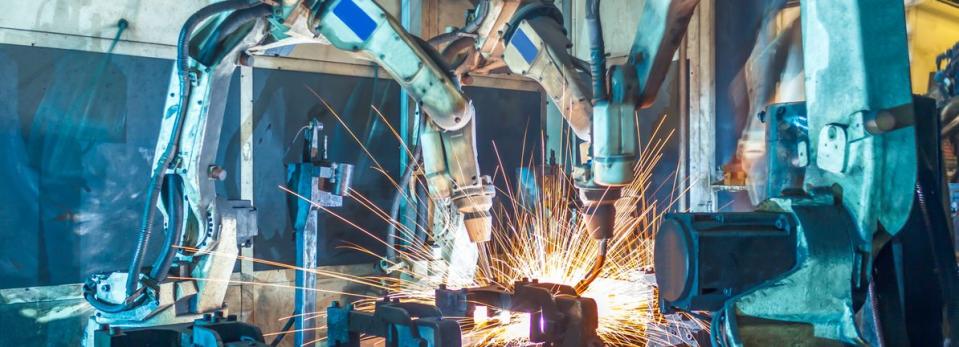A Rising Share Price Has Us Looking Closely At Proto Labs, Inc.'s (NYSE:PRLB) P/E Ratio

Proto Labs (NYSE:PRLB) shareholders are no doubt pleased to see that the share price has had a great month, posting a 45% gain, recovering from prior weakness. The bad news is that even after that recovery shareholders are still underwater by about 9.9% for the full year.
All else being equal, a sharp share price increase should make a stock less attractive to potential investors. While the market sentiment towards a stock is very changeable, in the long run, the share price will tend to move in the same direction as earnings per share. The implication here is that deep value investors might steer clear when expectations of a company are too high. One way to gauge market expectations of a stock is to look at its Price to Earnings Ratio (PE Ratio). A high P/E ratio means that investors have a high expectation about future growth, while a low P/E ratio means they have low expectations about future growth.
Check out our latest analysis for Proto Labs
Does Proto Labs Have A Relatively High Or Low P/E For Its Industry?
We can tell from its P/E ratio of 43.86 that there is some investor optimism about Proto Labs. The image below shows that Proto Labs has a higher P/E than the average (17.4) P/E for companies in the machinery industry.
Proto Labs's P/E tells us that market participants think the company will perform better than its industry peers, going forward. The market is optimistic about the future, but that doesn't guarantee future growth. So further research is always essential. I often monitor director buying and selling.
How Growth Rates Impact P/E Ratios
P/E ratios primarily reflect market expectations around earnings growth rates. Earnings growth means that in the future the 'E' will be higher. That means unless the share price increases, the P/E will reduce in a few years. And as that P/E ratio drops, the company will look cheap, unless its share price increases.
Proto Labs shrunk earnings per share by 15% over the last year. But it has grown its earnings per share by 7.3% per year over the last five years.
Remember: P/E Ratios Don't Consider The Balance Sheet
It's important to note that the P/E ratio considers the market capitalization, not the enterprise value. That means it doesn't take debt or cash into account. In theory, a company can lower its future P/E ratio by using cash or debt to invest in growth.
Such expenditure might be good or bad, in the long term, but the point here is that the balance sheet is not reflected by this ratio.
How Does Proto Labs's Debt Impact Its P/E Ratio?
Proto Labs has net cash of US$130m. That should lead to a higher P/E than if it did have debt, because its strong balance sheets gives it more options.
The Verdict On Proto Labs's P/E Ratio
Proto Labs has a P/E of 43.9. That's higher than the average in its market, which is 14.9. Falling earnings per share is probably keeping traditional value investors away, but the net cash position means the company has time to improve: and the high P/E suggests the market thinks it will. What we know for sure is that investors have become much more excited about Proto Labs recently, since they have pushed its P/E ratio from 30.1 to 43.9 over the last month. If you like to buy stocks that have recently impressed the market, then this one might be a candidate; but if you prefer to invest when there is 'blood in the streets', then you may feel the opportunity has passed.
Investors have an opportunity when market expectations about a stock are wrong. As value investor Benjamin Graham famously said, 'In the short run, the market is a voting machine but in the long run, it is a weighing machine. So this free report on the analyst consensus forecasts could help you make a master move on this stock.
You might be able to find a better buy than Proto Labs. If you want a selection of possible winners, check out this free list of interesting companies that trade on a P/E below 20 (but have proven they can grow earnings).
If you spot an error that warrants correction, please contact the editor at editorial-team@simplywallst.com. This article by Simply Wall St is general in nature. It does not constitute a recommendation to buy or sell any stock, and does not take account of your objectives, or your financial situation. Simply Wall St has no position in the stocks mentioned.
We aim to bring you long-term focused research analysis driven by fundamental data. Note that our analysis may not factor in the latest price-sensitive company announcements or qualitative material. Thank you for reading.

